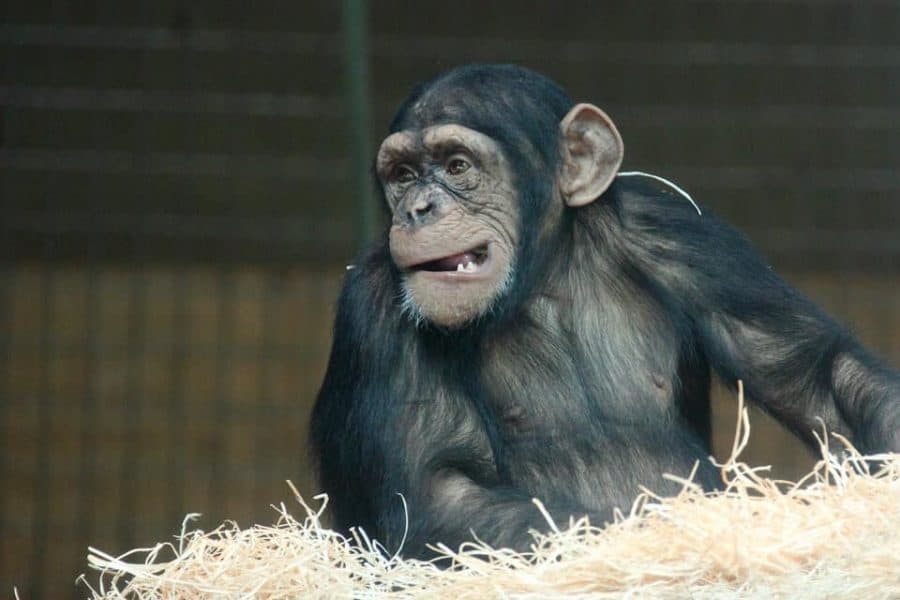Studies have suggested that the contrast between the white of human eyes — known as the sclerae — and the colourful irises allows others to detect the direction of our gaze. The ability to detect gaze is important as many other human skills, such as social learning, seem to depend on this.
In contrast, as the sclerae of apes’ eyes is often darker than human eyes, researchers have long argued that their gaze is ‘cryptic’, or hidden. This means that nonhuman apes would not be able to see where other members of their species are looking.
Now, researchers from NUS Biological Sciences, together with collaborators from the University of St Andrews and Leiden University, have discovered that ape eyes possess the same pattern of colour differences as human beings. Doctoral student Mr Juan O. Perea-García and Associate Professor Antónia Monteiro suggest that this discovery may mean apes also follow each other’s gaze.
Their findings were published in Proceedings of the National Academy of Sciences of the United States of America (PNAS) on 3 September 2019.
Eye-opening results
The research team compared the darkness of the sclerae contrasted with irises of over 150 humans, bonobos and chimpanzees. The researchers found that bonobos, like humans, have paler sclerae and darker irises. Chimpanzees were found to have a different pattern — with very dark sclerae, and paler irises. Both of these colour patterns show the same type of contrast seen in human eyes, and could help other apes find out where they are looking.
“Humans are unique in many ways, as no other animal can communicate with similar intricate language or build tools of such complexity. Gaze following is an important component of many behaviours that are thought to be characteristically human, so our findings suggest that apes might also engage in these behaviours,” said Mr Perea-García.

Doctoral student Mr Juan O. Perea-García (front) and Associate Professor Antónia Monteiro (back) from NUS Biological Sciences suggest that apes may follow each other’s gaze like humans
Furthering our ancestral understanding
Before humans had language, our ancestors might have used the gaze of those around them to help communicate dangers or other useful information. They might not have been able to say, “Look over there!”. However, a look in the direction of the predator might be sufficient, as long as it was possible to follow the direction of their gaze.
Apart from helping us understand how our ancestors communicated, this study suggests some interesting new research directions. These include questions pertaining to why human beings and bonobos evolve in a similar way, despite bonobos being more closely related to chimpanzees.
“We know that some gorillas and orangutans have eye colouration like our own, and some members of these species have eye colouration similar to the chimpanzees, but why is there this variation within a species? We are working with several zoos to find out more,” shared Mr Perea-García.


